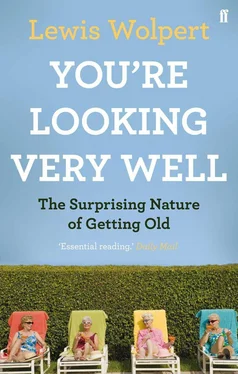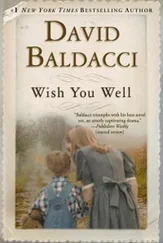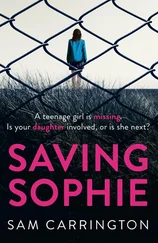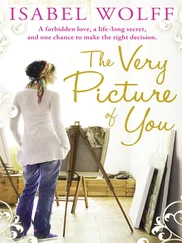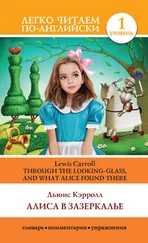Loneliness, depression, poverty and neglect blight the lives of millions of older people and for many, evidence shows the situation is getting worse, not better. Attitudes to older people are stuck in the past, the care and support system for older people is on the brink of collapse and older people’s experiences of isolation and exclusion have largely been ignored by successive governments.
Research conducted by the Joseph Rowntree Foundation investigated what today’s older people consider to be necessary for ‘comfortable, healthy ageing’. The major conclusion is that courage is required to cope with the ageing process, either in fighting it or adapting to the limitations it brings.
There is no common way in which societies care for their old today, and attitudes have changed with time, but it used to be common for children to look after their ageing parents. In Ancient Greece, though there were negative attitudes towards the old, it was the sacred duty of the children to look after their parents or grandparents, and Greek law laid down severe penalties for those who failed to discharge their obligations. In Ancient Rome, the old had great privileges within the family; both a father’s and a grandfather’s consent were necessary for a son to marry.
Shakespeare’s King Lear gives a moving account of the lack of care for an old parent. Lear had visualised a world in which old men would continue to be respected even after giving away their money and their power. His two elder daughters, instead of looking after him, do all they can to alienate him and send him out, homeless, to the heath. ‘Thou shouldst not have been old till thou hadst been wise,’ Lear’s Fool tells him. Should sons and daughters be responsible for their mothers, fathers and grandparents? This play’s special understanding of old age partly accounts for it being among the most moving of Shakespeare’s tragedies.
A short tale by Tolstoy is relevant to the predicament of Lear:
A raven was carrying his chicks, one at a time, from an island to the mainland. In mid-flight he asked the first, ‘Who will carry me when I am old and can no longer fly?’ ‘I will,’ answered the young raven, but the father did not believe him, and dropped him into the sea. The same question was put to the second chick. He too replied, ‘I will carry you when you are old,’ and the father also let him fall into the sea. The last chick received the same question, but he answered, ‘Father, you will have to fend for yourself when you are old, because by then I will have my own family to care for.’ ‘You speak the truth,’ said the father raven, and carried the chick to safety.
People of 75 have had a fair share of life, and many do very well looking after themselves with pleasure until much older. Nearly three quarters of those over 65 in the UK are home-owners. Many are well cared for in their own homes and care homes, and well looked after by the NHS, but by no means all of them. Some 40 per cent of those in care homes have been reported to be depressed. About two thirds of hospital beds in the UK are occupied by the over-65s in all the different wards, and dementia and depression are the most common ailments. Falls and incontinence are also serious problems. Clearly this is very costly, and 40 per cent of the NHS budget is spent on age-related illnesses.
Ageing makes self-support increasingly difficult. About one in four of the elderly in developed counties will need long-term care of some kind. How much do those who do need help deserve? The Japanese ex-prime minister Taro Aso lost a lot of support when he questioned whether it was right to put large sums of money into healthcare for the elderly. He is reported to have said: ‘Why should I pay tax for people who just sit around and do nothing but eat and lounge about drinking?’ In the UK more than one million older people get some local-authority-supported community-based care.
The concept of care and comfort for the old who need help has a long history: ‘And he shall be unto thee a restorer of thy life, and a nourisher of thine old age: for thy daughter in law, which loveth thee, which is better to thee than seven sons, hath born him’ (Ruth 4:15). There is also a plea for shelter for the aged in the Talmud, and by the eleventh century, these exhortations had led to the development of Jewish Homes in France and Germany to house the aged. Even before this, during the Byzantine Empire (AD 324–1453) the care of older persons had been undertaken in welfare institutions.
In England the first recorded almshouse was founded by King Athelstan, the first king of all England, and Alfred the Great’s grandson, in York in the tenth century. Almshouses are charitable housing provided to enable people, typically elderly, who can no longer work to earn enough to pay rent, to live in a particular community. The Poor Law Act of 1601 provided some relief for those too ill or old to work, the so called ‘impotent poor’, in the form of a payment or items of food or clothing. Some aged people might be accommodated in parish almshouses, though these were usually private charitable institutions. The policy was to make the old and infirm as comfortable as they could be, and the able-bodied, if they managed to get in, uncomfortable. The Poor Law also created workhouses whose inmates had to go out and work. Then the New Poor Law of 1834 was enacted to make life harsher for those living in workhouses, so that they would prefer to be elsewhere. In 1871 payments for relief were reduced and children were expected to support their old parents. Some 2,600 almshouses continue to be operated in the UK, providing 30,000 dwellings for 36,000 people.
In France, the concept of convalescent homes was developed with the Hôtel-Dieu (originally founded in 651) and the Hôpital de la Charité in the seventeeth century. The first nursing homes in the United States were charitable institutions run by Catholics or Jews, in 1842. In 1853 Charless House, a charitable institution, was opened as a home for the friendless in St Louis. While intended to look after women of all ages, the persons admitted were predominantly older widows.
In the late nineteenth century old age began to be viewed as an illness. Being in a workhouse was degrading and many preferred death. Emmeline Pankhurst, a leading suffragette, described her experiences as a Poor Law Guardian in her autobiography My Own Story : ‘I found the old folks in the workhouse sitting on backless forms, or benches. They had no privacy, no possessions, not even a locker. After I took office I gave the old people comfortable Windsor chairs to sit in, and in a number of ways we managed to make their existence more endurable.’ In 1947 a Nuffield Committee argued that the character of workhouses needed to change, and that elderly persons should be accommodated in small homes to enhance their care.
The Second World War made life much harder for older people. As families became separated‚ or lost their main breadwinner‚ the problems faced by older people were compounded. People soon realised that the ‘poor law’ provision of the time was woefully inadequate. In 1940 a group of individuals‚ as well as governmental and voluntary organisations, came together to discuss how this situation could be improved and formed the Old People’s Welfare Committee. With the birth of the welfare state in the 1950s‚ local and national government money became available to fund local work with older people. In 1971 the committee became completely independent of government and got a new name—Age Concern. High unemployment in the early 1980s caused Age Concern to join in government job-creation and training schemes. It drew attention to the plight of older workers who were unable to return to work because of long-term unemployment or redundancy. Age UK, a new charity combining Age Concern and Help the Aged, came into being in spring 2010.
Читать дальше
